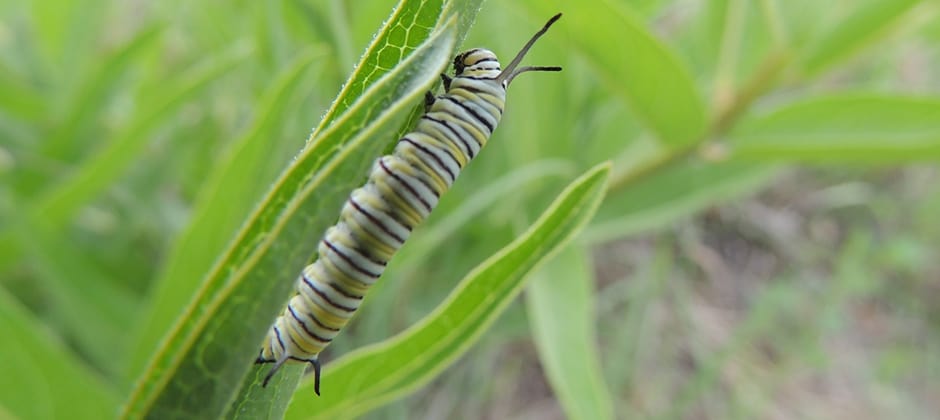Share this article
Isotope mapping sheds light onto monarch journeys
Pre-COVID-19 pandemic, University of Ottawa biology student Megan Reich enjoyed the road trip of a lifetime, crisscrossing the East Coast of the United States in search of milkweed.
The plant is the host for the monarch butterfly (Danaus plexippus), and Reich wanted a diverse sampling to run an isotope ratio analysis that would build a map to show how the isotopes vary over landscape. This would help her pinpoint where her monarch samples had hatched and, perhaps, better understand the migratory routes of this imperiled insect.
Her trip took 74 days, sending her over 12,000 miles across 22 states to collect samples. Her findings, published in Methods in Ecology and Evolution, offers a new approach to pinpointing where monarch hatched.
“As animals feed on the landscape, they gather and preserve the local isotopic signature in inert tissues, and with monarchs it’s in their wings,” said Reich, a PhD student at the University of Ottawa. “These tissues preserve the isotopic signature of the individual’s natal origin.”
Tracking monarch butterflies across thousands of miles over international borders, is an expensive and difficult task. Recovering tagged monarchs is rare. Understanding their migration routes, however, is critical to understanding why their populations have been declining. In the past, researchers have used hydrogen isotopes to trace monarchs’ natal origin, Reich said, and while that has been helpful, it could only point to a general area. By combining it with strontium isotopes, she said, researchers can pinpoint where a monarch hatched about four times more accurately.
Reich analyzed 100 monarchs and found the overwintering butterflies likely originated in Texas, providing a geographic snapshot and potential clues to understanding population decline.
“In the case of monarchs, multiple reasons for the population decline have been suggested, including deforestation and extreme weather events, loss of habitat on the summer breeding grounds, mortality during the southward migration, increased parasitism, and the effects of climate change,” Reich said.
“To understand the relative contribution and strength of these drivers, we need a better understanding of monarch migratory connectivity and patterns over time. We have now been able to establish a new, ready-to-use tool for researchers that will aid in the conservation of the monarch butterfly.”
Header Image: A monarch caterpillar feeds on a milkweed leaf in Texas in spring 2018. Credit: Megan Reich








